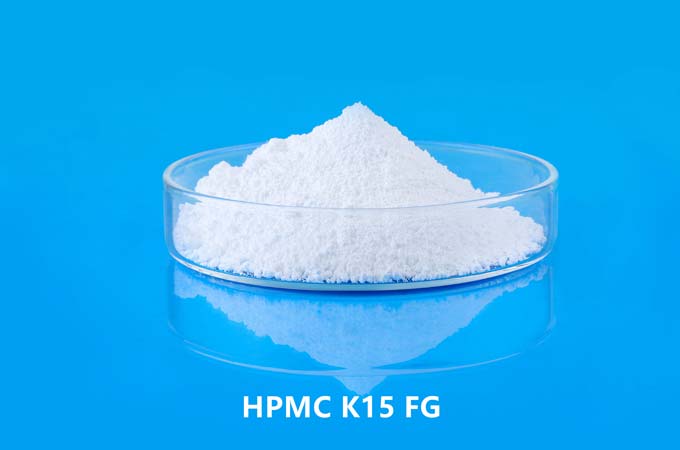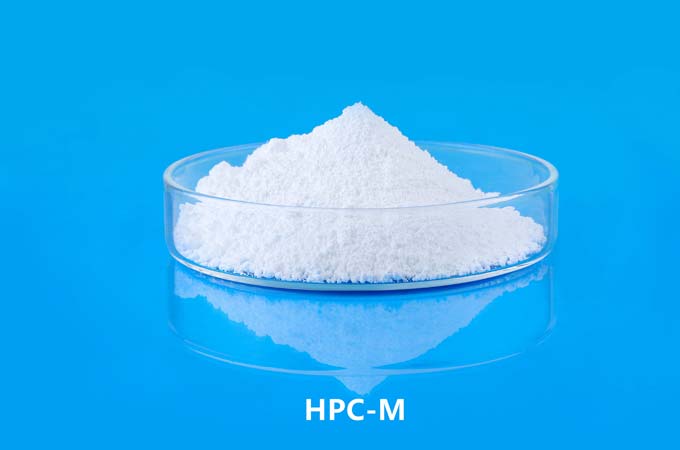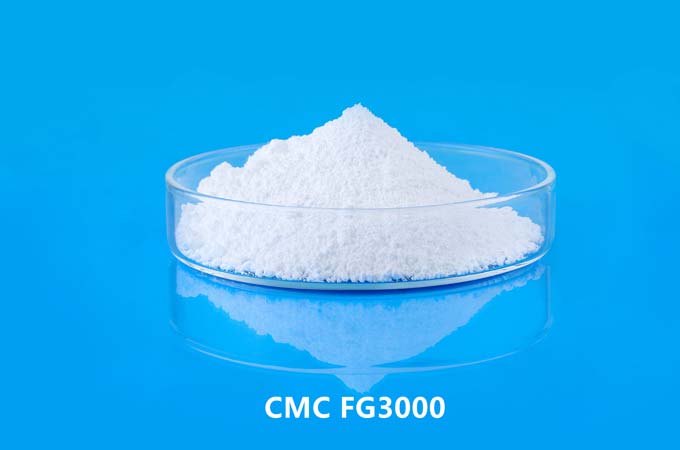Guar gum and carboxymethylcellulose (CMC) are both widely used hydrocolloids in various industries, including food, pharmaceuticals, cosmetics, and others. While they share some similarities in terms of their applications as thickening, stabilizing, and gelling agents, they are distinct substances with different chemical compositions, structures, properties, and applications.
Chemical Composition and Structure:
Guar Gum:
Guar gum is derived from the endosperm of guar beans (Cyamopsis tetragonoloba), which are primarily grown in India and Pakistan.
Chemically, guar gum is a galactomannan, composed of linear chains of D-mannose units with side chains of D-galactose units.
The ratio of mannose to galactose in guar gum is typically around 2:1, although it can vary depending on the source and processing methods.
Guar gum has a high molecular weight and forms viscous solutions when dispersed in water.
Carboxymethylcellulose (CMC):
Carboxymethylcellulose is a modified cellulose derivative obtained through the chemical modification of cellulose, which is abundant in plant cell walls.
The modification involves introducing carboxymethyl groups (-CH2-COOH) onto the cellulose backbone through etherification reactions.
CMC is a linear polymer with repeating glucose units, and the degree of substitution (DS) of carboxymethyl groups can vary, affecting its properties such as solubility and viscosity.
It is available in various grades, with different molecular weights and degrees of substitution, to suit different applications.
Properties and Functions:
Guar Gum:
Guar gum exhibits excellent thickening and stabilizing properties, forming viscous solutions even at low concentrations.
It is resistant to heat and maintains its viscosity over a wide range of temperatures and pH levels.
In addition to its thickening and stabilizing functions, guar gum also acts as a binder, emulsifier, and film-forming agent.
Guar gum is commonly used in food applications such as dairy products, baked goods, sauces, dressings, and ice cream, as well as in industries like pharmaceuticals, textiles, and cosmetics.
Carboxymethylcellulose (CMC):
CMC is highly soluble in water and forms clear, viscous solutions with pseudoplastic (shear-thinning) behavior, meaning its viscosity decreases under shear stress.
It has excellent thickening, stabilizing, and film-forming properties, making it suitable for a wide range of applications.
CMC is often used as a thickener and stabilizer in food products such as beverages, sauces, dressings, and bakery items.
It is also utilized in pharmaceutical formulations as a binder, disintegrant, and controlled-release agent, as well as in cosmetics, detergents, papermaking, and textile industries.
Applications:
Guar Gum:
CMC Gum in Food Industry: Used in dairy products, sauces, dressings, bakery products, beverages, and as a fat replacer.
Pharmaceutical Industry: Utilized in tablet formulations, suspensions, emulsions, and controlled-release drug delivery systems.
Cosmetics Industry: Found in lotions, creams, toothpaste, and hair care products for its thickening and stabilizing properties.
Oil and Gas Industry: Employed as a thickener in hydraulic fracturing fluids (fracking) and drilling muds due to its ability to provide viscosity control and friction reduction.
Carboxymethylcellulose (CMC):
Food Industry: Used as a thickener, stabilizer, and fat replacer in various food products including beverages, sauces, dressings, and bakery items.
Pharmaceutical Industry: Employed in tablet formulations, suspensions, ophthalmic solutions, and as a viscosity modifier in topical formulations.
Cosmetics Industry: Found in personal care products such as creams, lotions, shampoos, and toothpaste for its thickening, stabilizing, and emulsifying properties.
Papermaking Industry: Utilized as a surface sizing agent, coating binder, and retention aid in paper and paperboard production to improve strength, printability, and water resistance.
Oil Drilling Industry: CMC for oil drilling plays a pivotal role in oil drilling operations by overseeing the procurement, storage, and application of chemicals used in drilling fluids. Responsible for ensuring compliance with safety regulations and environmental standards, the CMC ensures optimal performance and mitigates risks in the drilling process.
Solubility and Compatibility:
Guar gum is insoluble in organic solvents but readily dispersible in cold water, forming viscous colloidal dispersions. It is compatible with most hydrophilic substances but may exhibit synergy or interference with certain additives.
Carboxymethylcellulose is highly soluble in water, forming clear, colorless solutions. It is compatible with a wide range of ingredients commonly used in food, pharmaceutical, and cosmetic formulations.
Cost and Availability:
Guar gum is typically more expensive than carboxymethylcellulose due to factors such as production costs, availability of raw materials, and market demand.
Guar gum production is primarily concentrated in regions like India and Pakistan, where guar beans are cultivated, whereas carboxymethylcellulose can be produced from cellulose derived from various plant sources worldwide.
While guar gum and carboxymethylcellulose share some similarities in their applications as hydrocolloids, they are distinct substances with different chemical compositions, structures, properties, and applications. Guar gum, derived from guar beans, is a galactomannan with excellent thickening, stabilizing, and film-forming properties, whereas carboxymethylcellulose, a modified cellulose derivative, offers similar functionalities along with superior solubility and clarity in aqueous solutions. Understanding the differences between these two hydrocolloids is crucial for selecting the most suitable ingredient for specific applications in various industries.
 English
English 日本語
日本語 français
français Deutsch
Deutsch Español
Español italiano
italiano русский
русский português
português العربية
العربية Türkçe
Türkçe Nederland
Nederland



